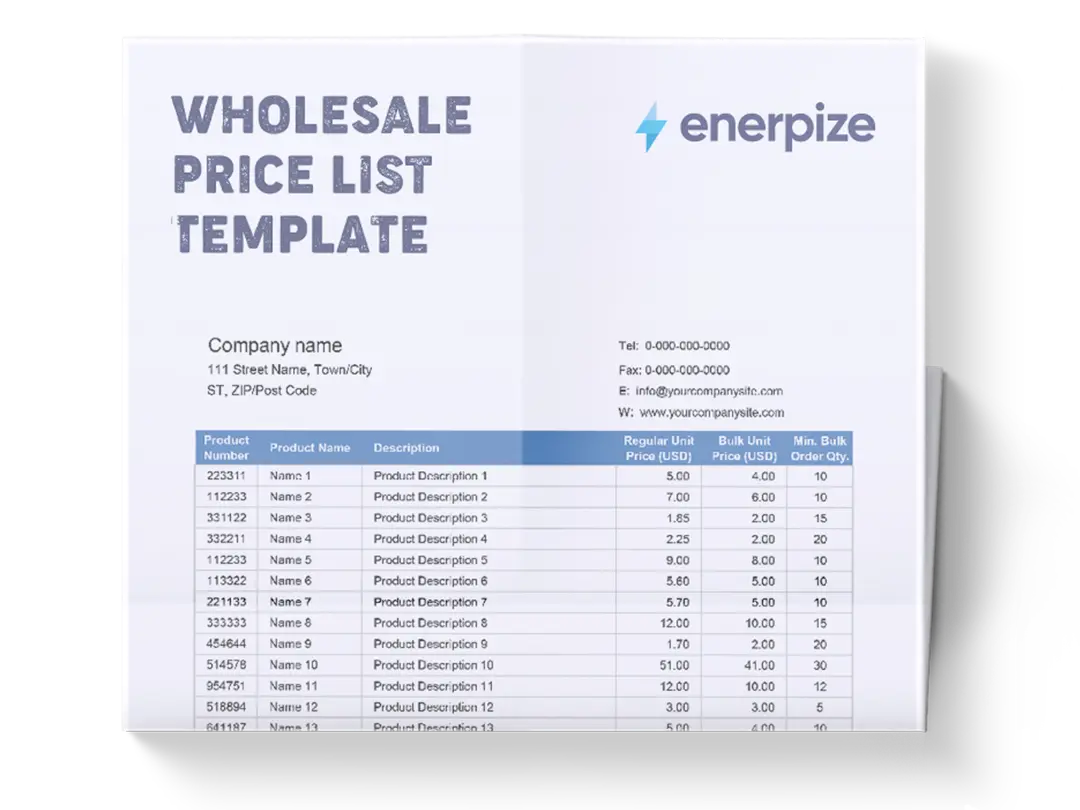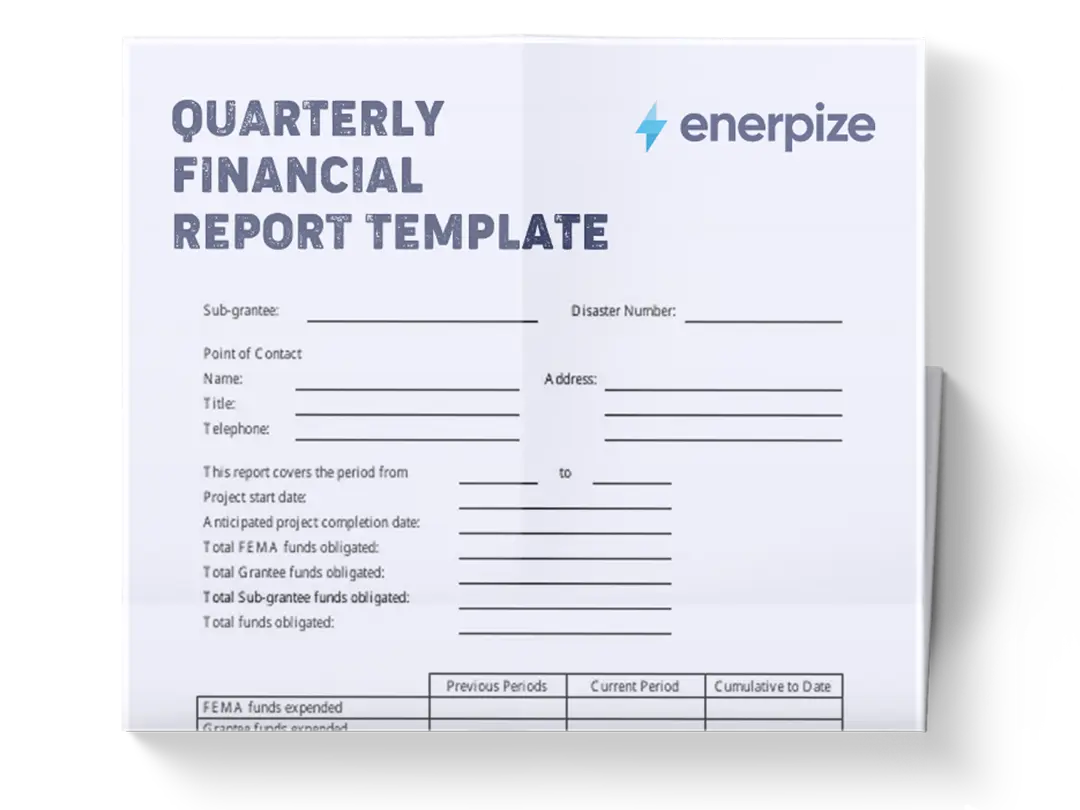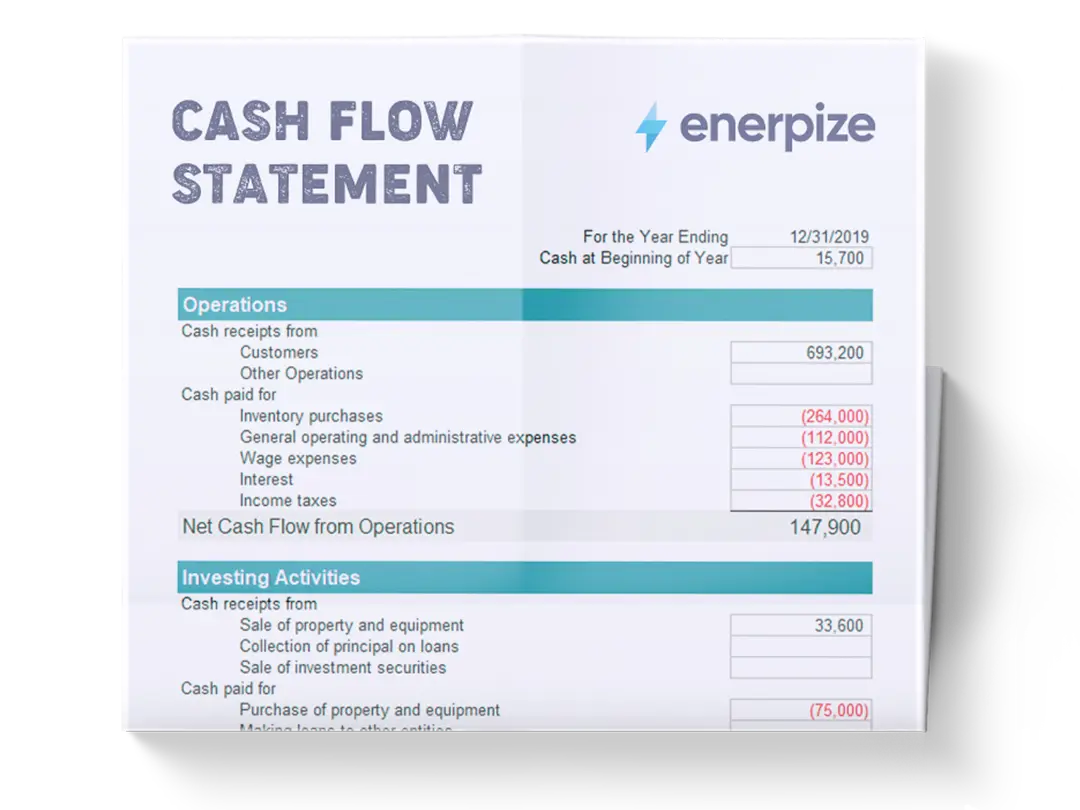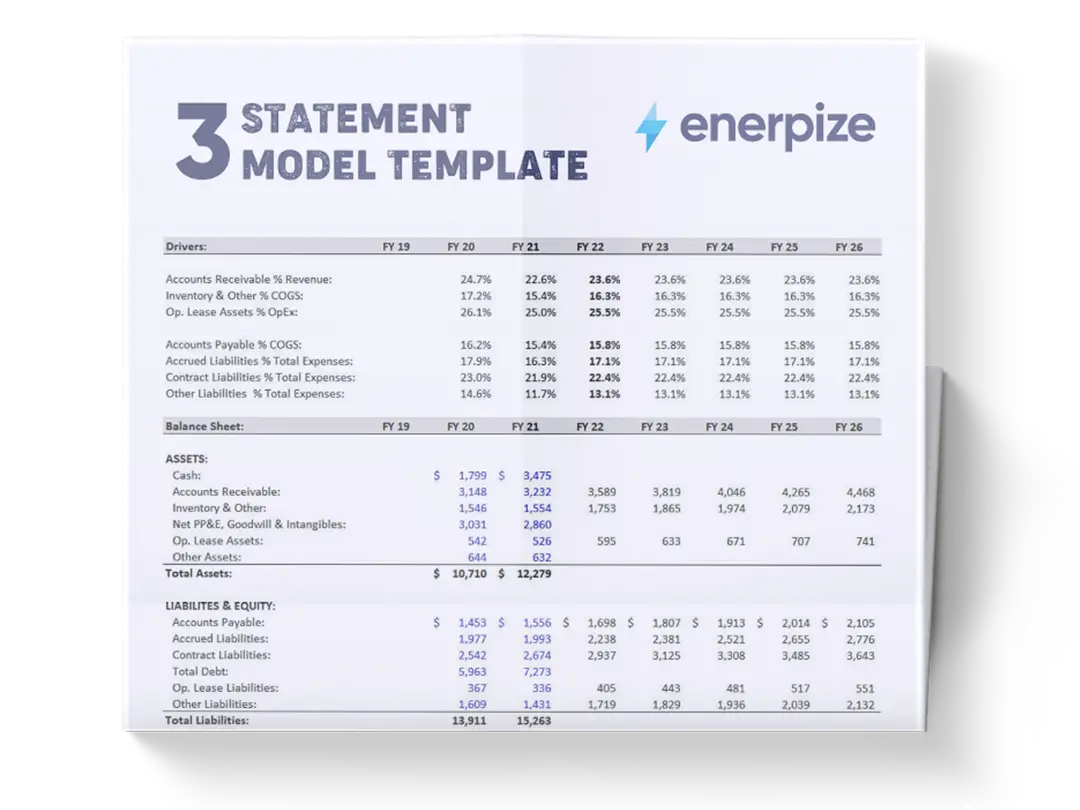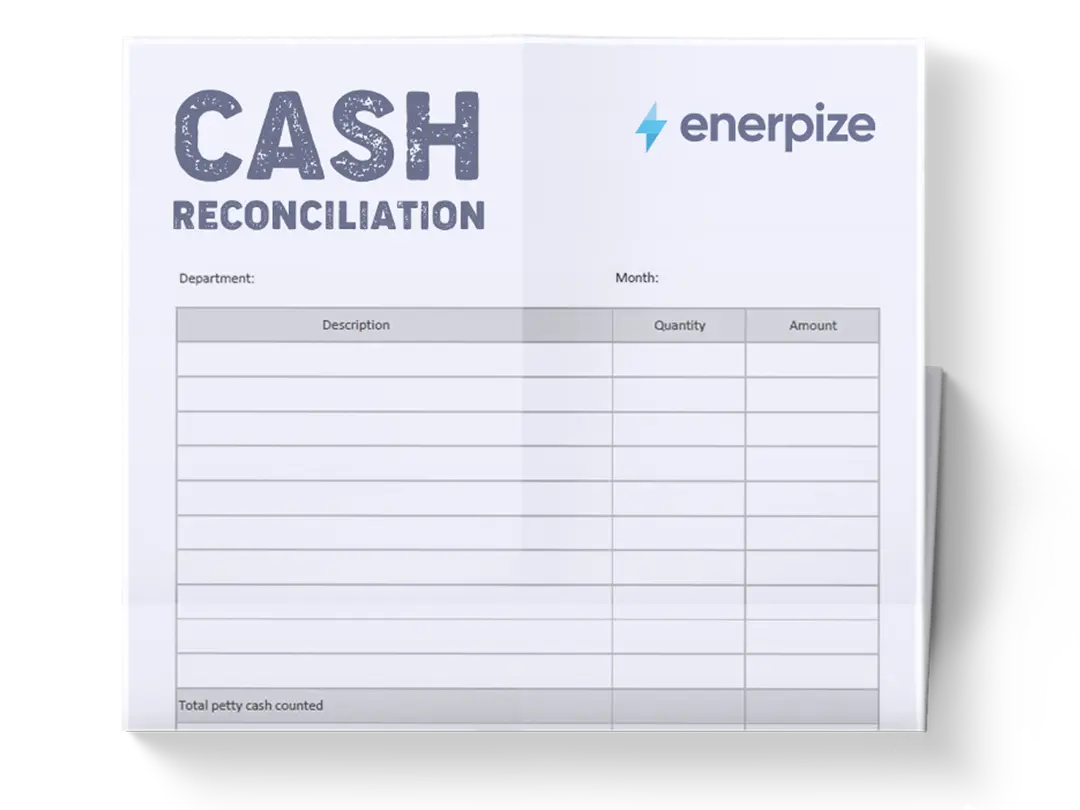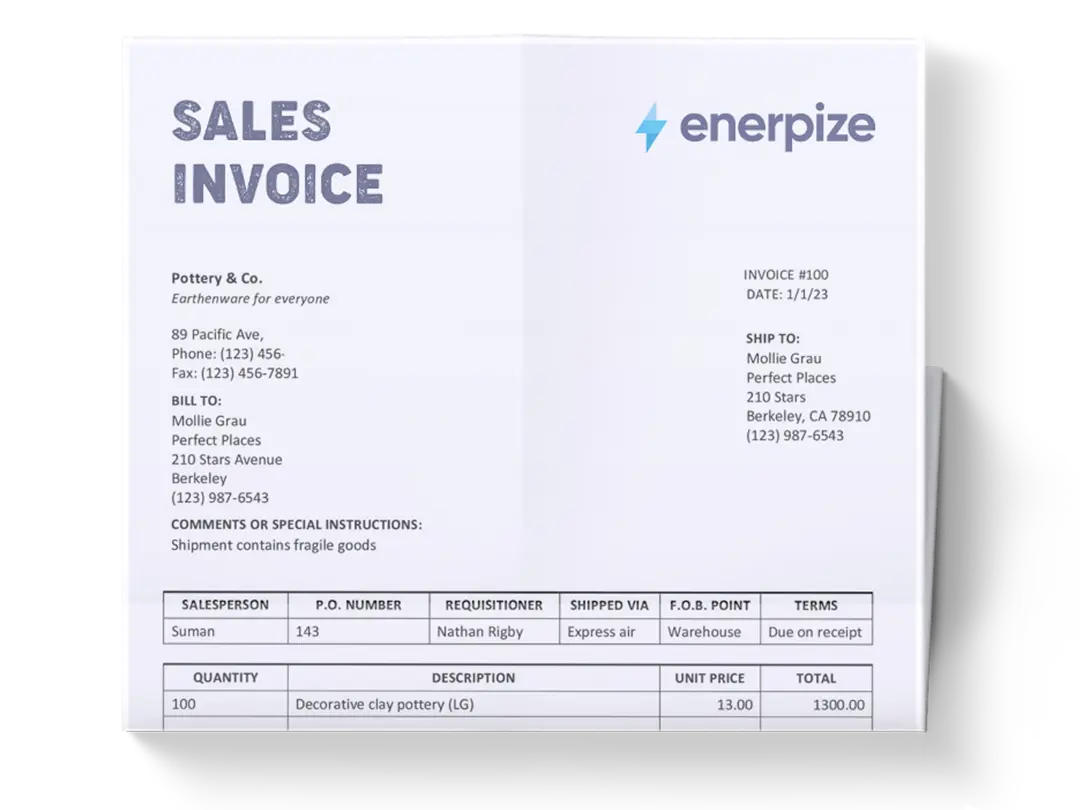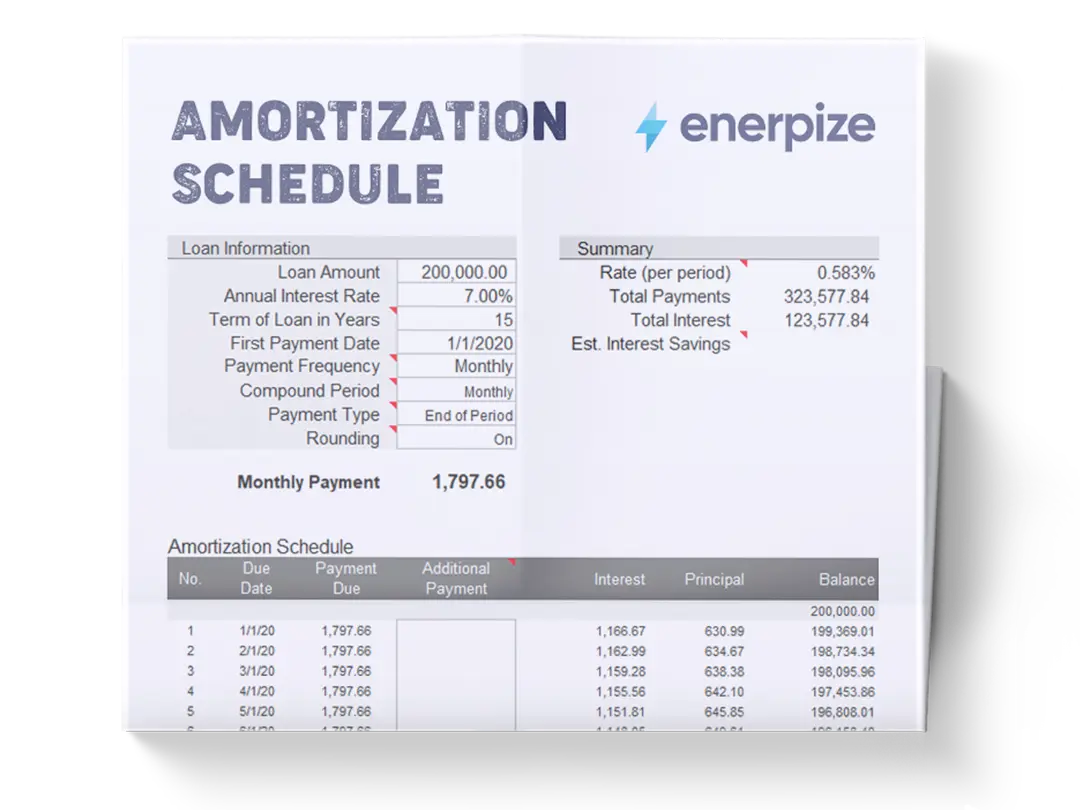Posted on 14 August 2025
Client Statement Template Excel & Word
- The client statement template is available in Excel, Google Sheets, Word, and Google Docs.
- Gain instant visibility into what each client owes and what’s already been paid.
- Document transactions clearly to reduce confusion and build trust with customers.
- Simplify collections with a structured, professional statement layout.
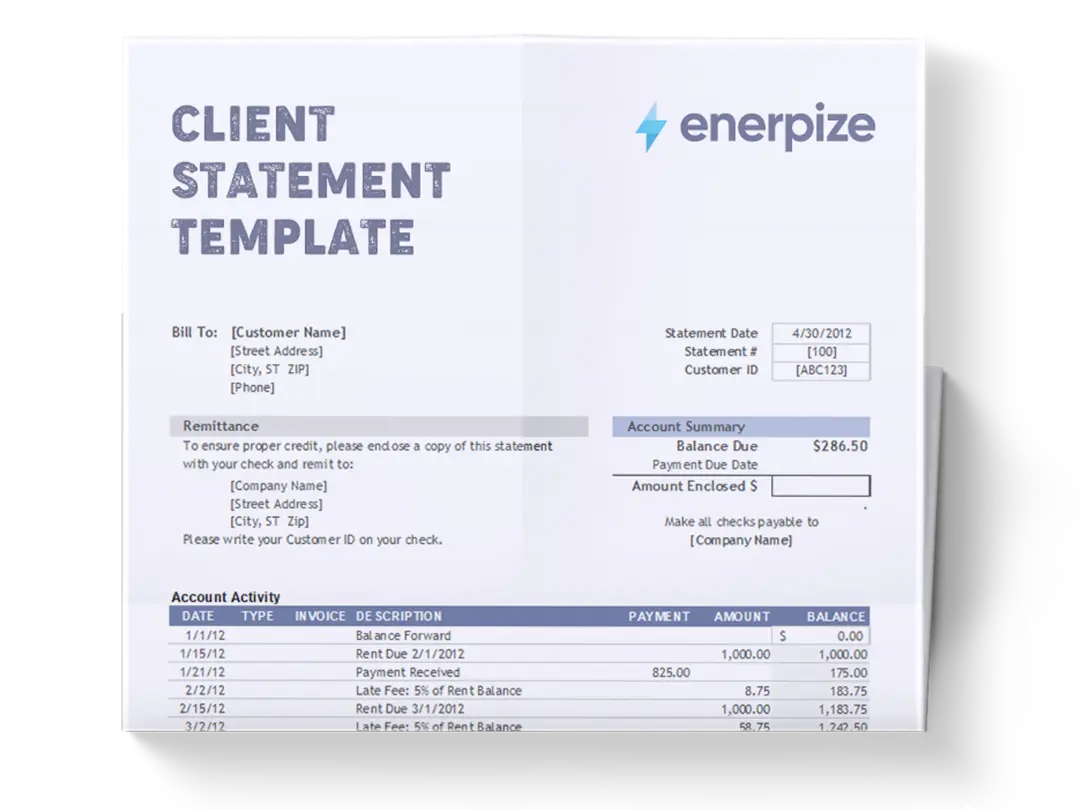
What is the Client Statement Template?
A client statement template is used to summarize all financial transactions between a business and its customer over a specific period, usually monthly. It typically includes sales invoices (paid and unpaid), credit notes, and payments received, organized chronologically to present a clear view of the account's current standing. It serves as a formal record of account activity, allowing businesses to communicate outstanding balances and payment histories to their clients. In many cases, customers will not process or approve payments until they receive such statements, making them a critical tool for accelerating collections and maintaining accurate receivables.
What Does the Client Statement Template Contain?
Business and Customer Information:
Includes fields for your business name, address, email, and customer contact details, ensuring all parties are clearly identified.
Statement Details:
Capture the issue date, account number, and the relevant billing period. This ensures both internal teams and customers know exactly which timeframe the statement covers.
Opening Balance:
Shows any outstanding amounts prior to the start of the statement period, setting the stage for the running balance calculation.
Transaction Table:
- Date & Due Date: Helps track when each transaction occurred and when payment is due.
- Status: Allows optional notation (e.g., “Overdue,” “Paid”) for internal use or customer clarity.
- Reference/PO Number & Description: Connects each line item to specific purchases, services, or documentation.
- Invoice Number: Essential for cross-checking records and ensuring consistency between departments.
- Amount Billed, Payment Received, Credits Issued: Each transaction shows its financial impact.
- Running Balance: Reflects the amount still owed after each transaction is applied.
Current Balance & Payment Terms:
These fields summarize what remains due and under what conditions—useful for managing expectations.
Additional Information:
Optional section for notes, clarifications, or payment reminders.
Accepted Payment Methods:
Reinforce how clients can pay, which helps avoid delays or confusion.
How to Use the Client Statement Template
1- Set Up Your Business and Client Details:
Before you enter any financial data, fill out the header section. Include:
- Your company’s full name, address, and email.
- The customer’s name, address, and account number.
- The statement issue date and the billing period (monthly, quarterly, or custom range). This step ensures proper attribution and prevents administrative errors down the line.
2- Input the Opening Balance:
If your client had any unpaid balances before the start of this period, enter that number in the “Opening Balance” field. This amount will serve as the starting point for calculating the running balance.
3- Record All Transactions Chronologically:
- Date/Due Date: Input the actual transaction date and the expected due date for payment.
- Status: Mark entries with relevant terms like “Paid,” “Partial,” or “Pending.”
- Reference/PO Number: If available, add this to help the client verify the transaction on their end.
- Description: Note what the transaction was for—services rendered, products delivered, or credit applied.
- Invoice Number: Match each transaction to a corresponding invoice for clear tracking.
- Amount Billed / Payment Received / Credits Issued: Fill these based on the nature of the transaction.
- Balance: The template auto-calculates the running balance after each entry, reflecting how much the customer still owes.
4- Review and Confirm the Total Balance:
After inputting all data, confirm that the final “Total Balance” accurately reflects the sum of all unpaid amounts. This figure represents the total amount your client currently owes. Double-check that your debit and credit entries align correctly and that no entries were omitted.
5- Add Payment Terms and Any Additional Notes:
Specify when payment is due, any applicable penalties for late payment, or discounts for early settlement. If there are any special notes, like revised terms or upcoming service renewals, this is where to include them.
6- Finalize the Statement Before Sending
- Review the layout and accuracy of all fields.
- Make sure client and business names are spelled correctly.
- Check that all invoice numbers and amounts are consistent with internal records.
Related Templates
Income and Expense Statement Template
Excel Income Statement Template
Importance of the Client Statement Template
Improved Organization
A standardized client statement template Excel keeps all customer transaction records—charges, credits, payments, and balances—in one place. This reduces manual tracking, improves internal consistency, and ensures your team always has a current and comprehensive snapshot of the client’s account activity.
Stronger Communication
Sending regular statements keeps clients fully informed about what they owe, what they’ve paid, and when payments are due. This transparency builds trust, minimizes misunderstandings, and supports more professional and efficient client interactions.
Faster Payment Collection
Detailed statements encourage prompt payments by clearly outlining outstanding balances and due dates. When clients know exactly what they owe and why, they’re more likely to pay on time—directly improving your business’s cash flow.
Reduced Errors
The client statement template eliminates the need for manual entry, decreasing the risk of miscalculations or missing data. Accurate statements protect both you and the client from costly errors, late fees, or miscommunications.
Better Dispute Resolution
In case of a disagreement over charges or payments, a well-documented statement acts as a single source of truth. It simplifies discussions and enables faster resolution by providing a transparent record of all transactions.
Operational Efficiency
Automating your statement generation process means less time spent on repetitive admin tasks. Staff can focus on higher-value work, while clients get timely, consistent updates—leading to fewer queries and less back-and-forth communication.
Professionalism and Brand Perception
Clean, accurate statements demonstrate that your business is organized and detail-oriented. They contribute to a polished brand image and reinforce confidence in your operations—especially important for service-based businesses or firms working on retainer.
Who Can Use the Client Statement Template?
Small Businesses with Recurring Clients
Whether you're billing monthly for services or managing long-term client relationships, the client statement template gives you a structured way to track balances and send regular updates—essential for any business extending credit or invoicing periodically.
Freelancers and Consultants
Independent professionals can use the Excel client statement template to present their transaction history to clients professionally. It acts as a mini-ledger that reinforces credibility and reminds clients of outstanding payments without sounding pushy.
Accounting and Finance Teams
AR departments rely on such templates to maintain a clean ledger, track overdue accounts, and streamline follow-ups. It’s also useful for internal reporting, enabling better visibility across receivables and overall financial health.
Legal, Creative, and Professional Service Providers
Agencies and firms offering ongoing services or project-based billing benefit from keeping clients informed and reducing the friction in payment collection. Regular statements prevent “invoice blindness” and improve long-term cash stability.













